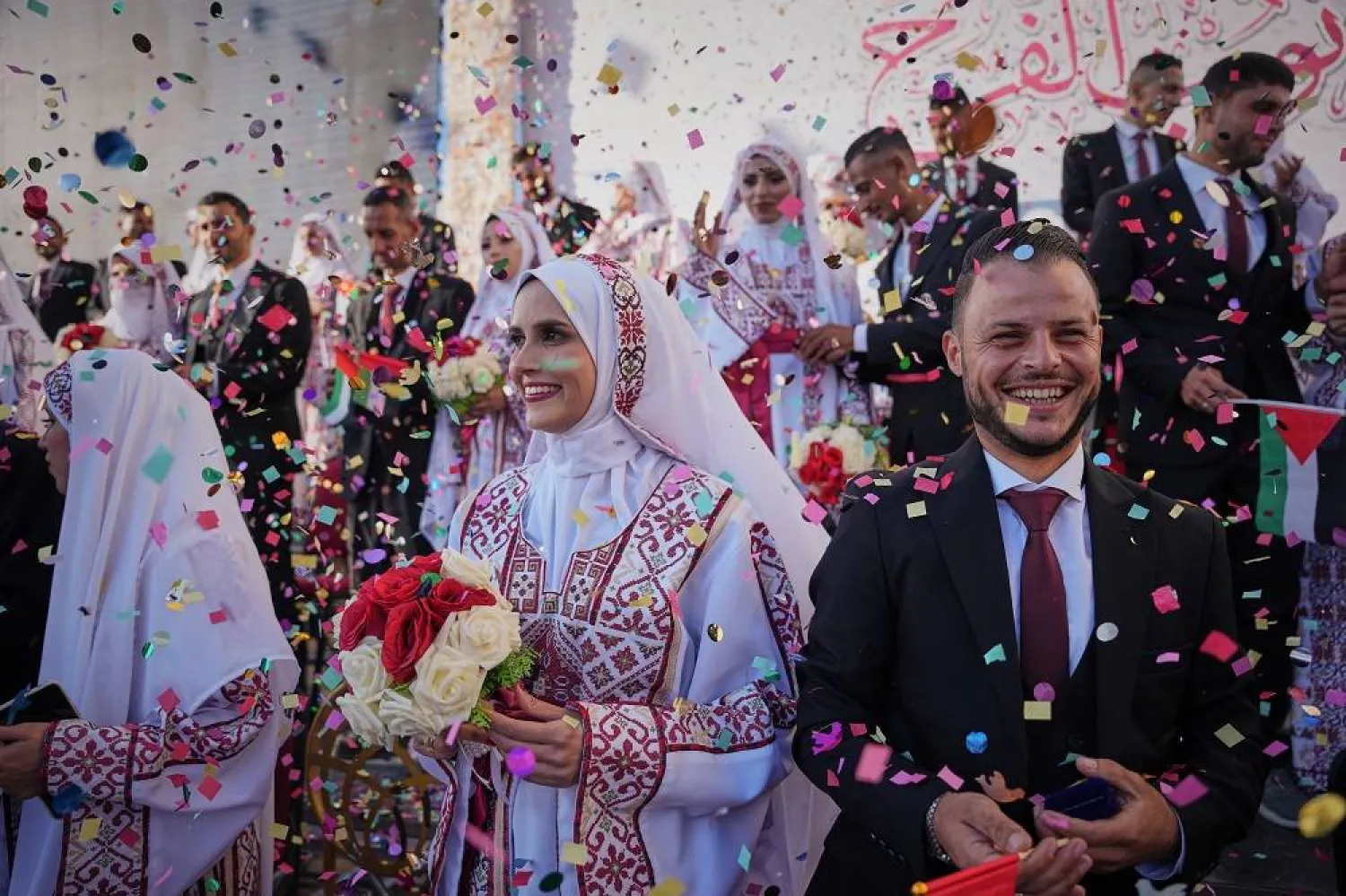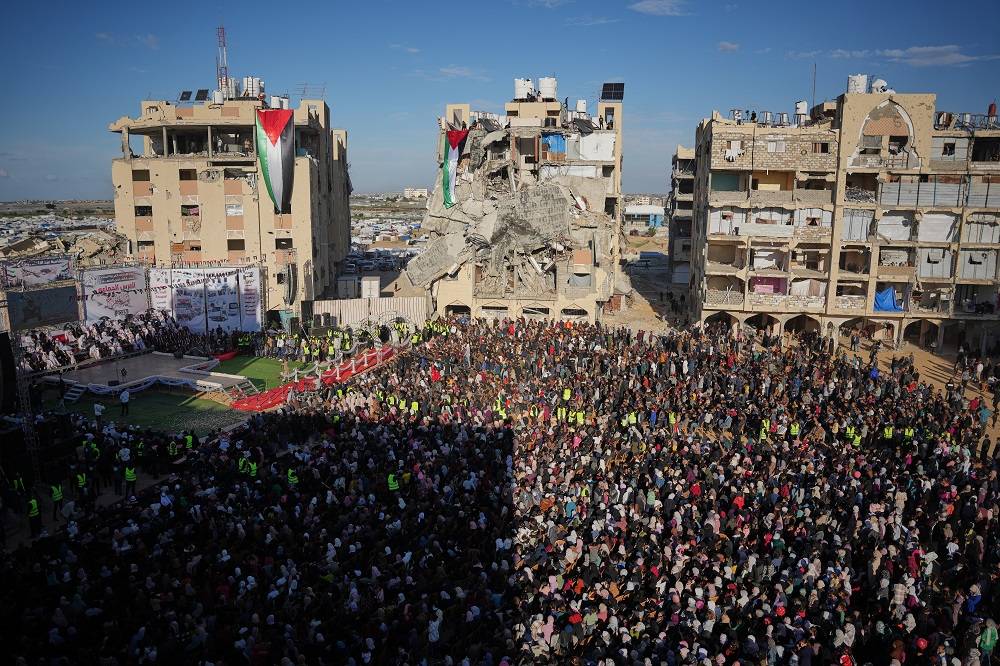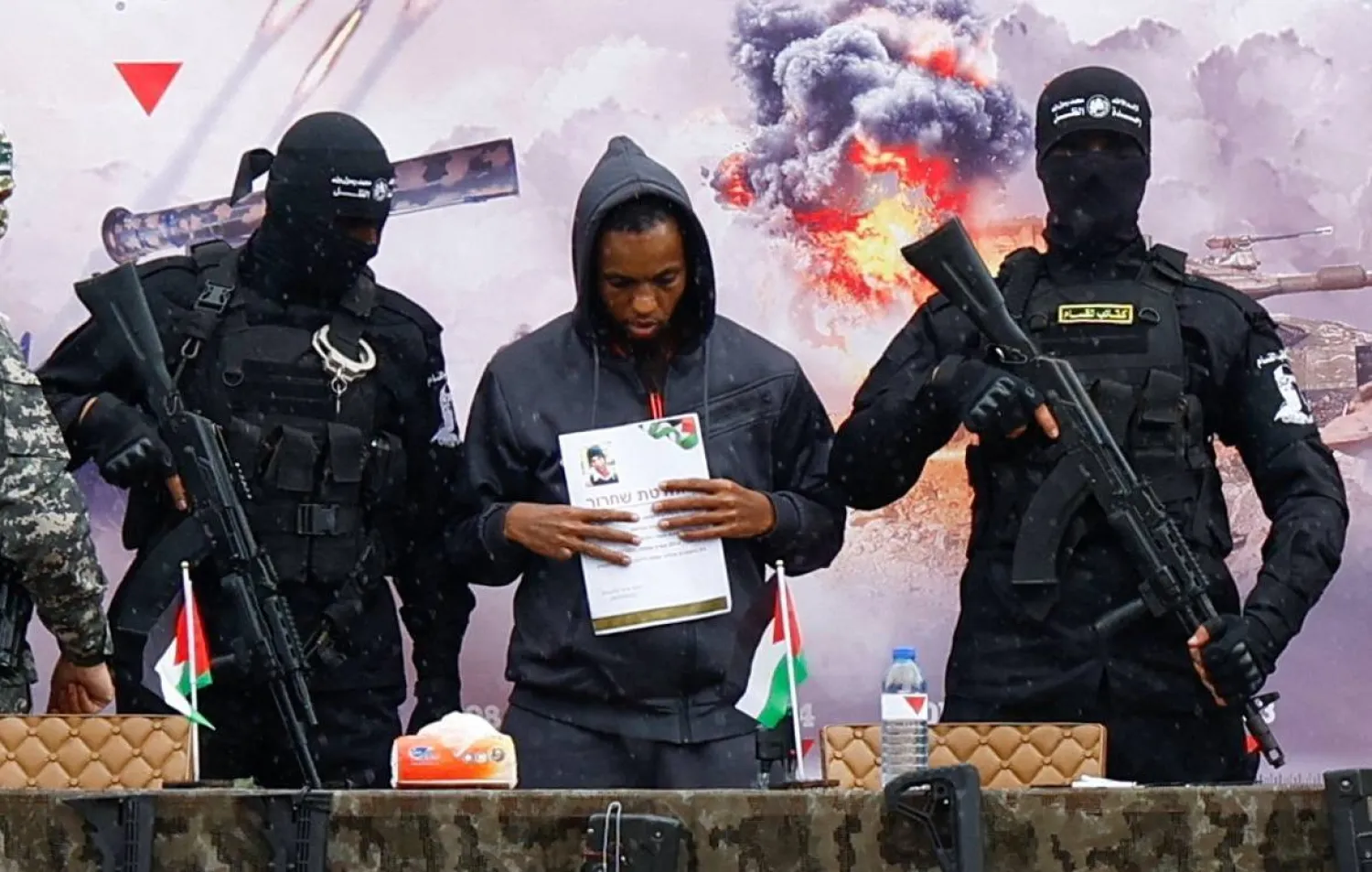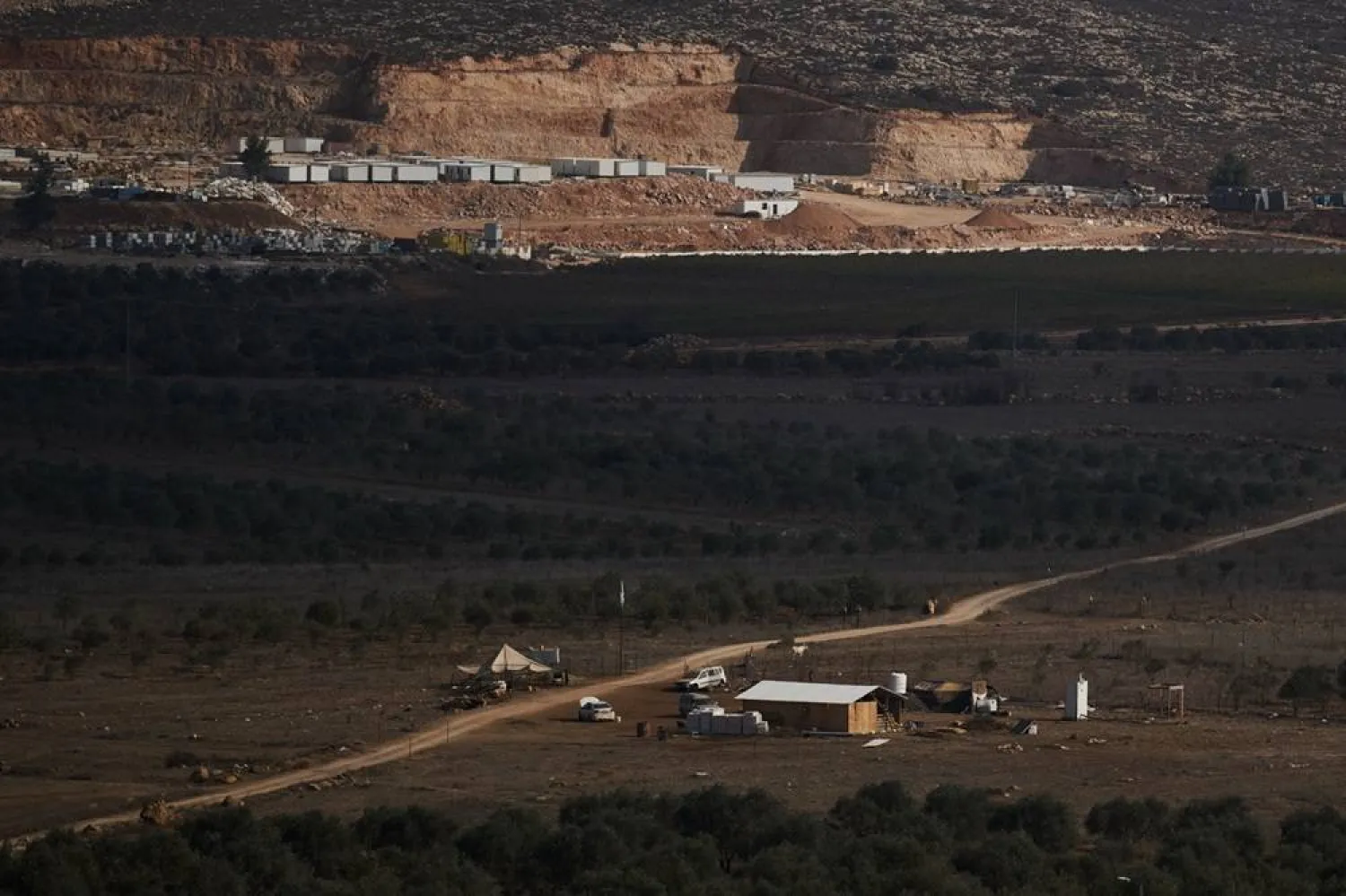Two months after Bashar al-Assad’s regime in Syria was overthrown, an Iranian magazine revealed details of the first meeting between former Iranian President Hassan Rouhani and Russian President Vladimir Putin in September 2013.
The meeting took place in an atmosphere of concern and uncertainty about Assad’s future.
The reformist-leaning magazine “Agahi-ye No” published a full account of the conversation, which happened on September 13, 2013, a month after Rouhani took office. The meeting occurred during the Shanghai Cooperation Organization summit in Bishkek, Kyrgyzstan.
Putin had known Rouhani from their time as national security chiefs in their countries.
In a report titled “When Did Russia Abandon Syria?” Agahi-ye No said the meeting between the two presidents lasted an hour and 20 minutes. The first part of the discussion covered general issues between Russia and Iran, before moving on to Iran’s nuclear program and the situation in Syria.
The discussion on Syria began when Rouhani asked Putin, “What do you want to do in Syria?” Putin responded cautiously, "Do you think Assad can stay in power?" Rouhani replied, “Yes, but with reforms.” Putin asked, “How?”
Rouhani explained that Syria is a multi-sectarian country with a divide between Alawites and Sunnis. He said the Baath Party is secular and unconcerned with social freedoms. “In this situation, Assad is the only one who can keep Syria united. There's no alternative,” he said.
Rouhani added, “We’ve tried to find an alternative, but we weren’t alone. The French, the British, and even you Russians couldn’t find one.”
Putin disagreed, saying, “It's unlikely Assad will remain.”
Rouhani responded, “Who is the alternative? The army only follows Assad’s orders.”
Putin then asked, “What if Assad is overthrown?” Rouhani said, “Syria will collapse. He must be protected.”
Putin said, “I can secure weapons for Assad,” but Rouhani argued, “Military help alone isn’t enough. We need political support.”
The two leaders agreed to appoint special representatives to discuss Assad’s future. As Rouhani left, Putin whispered in his ear: “I’ve prepared a ship on the Mediterranean and a plane in our bases for Assad to come to Moscow in an emergency.”
This surprised Rouhani. Was Putin planning an escape for Assad? Rouhani didn’t ask, unsure if Putin was worried about Assad or already planning his escape.
Before getting in the car, Rouhani whispered back, “It’s a good idea, but Assad must not know. He must think there’s no escape. He needs to understand that resistance is his only option.”
Later, Putin raised a question that unsettled Rouhani: “Why does the US hate Assad so much?” Rouhani replied, “Because the US wants someone loyal to them in Damascus, while Assad isn’t trusted by Washington.”
This exchange sparked debate in Tehran.
These details were published amid growing criticism of Iran’s support for Assad, especially from senior officials and the Revolutionary Guard. As Assad’s position weakened, concerns about Iran’s military presence in Syria grew louder.
Moreover, this is the second widely shared account from President Hassan Rouhani's team about Iranian-Russian discussions on Syria, following the controversial March 2021 leak of a recording with former Iranian Foreign Minister Mohammad Javad Zarif and current Vice President for Strategic Affairs.
In his audio testimony to the presidential archive, Zarif accused Russia of trying multiple times to disrupt the nuclear deal, either at the last minute during negotiations or in the months before it was implemented.
He also discussed how Putin invited General Qasem Soleimani to Moscow to convince him to expand military cooperation between Russia and Iran, just two months before the nuclear agreement took effect.
Zarif downplayed the “heroic” version of events promoted by the Revolutionary Guard and its allies about Soleimani’s visit to Moscow, which they claimed helped persuade Putin to intervene in Syria.
Zarif criticized how military activities on the ground, led by Soleimani before his death in a US airstrike in early 2020, had undermined the role of diplomacy.
In 2017, Rouhani’s government joined the Astana talks with Russia and Türkiye to find a political solution to the Syrian crisis.
However, decisions on Syria remained under the control of Iran’s National Security Council and the Revolutionary Guard, both led by Supreme Leader Ali Khamenei.










